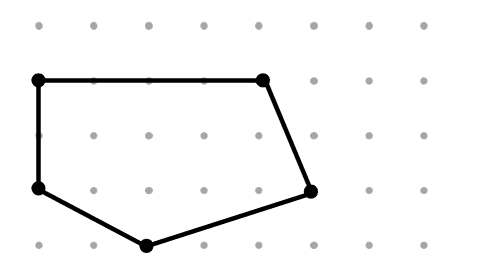Myths about teaching can hold you back
- Year 3
Draw shapes with given properties on a range of geometric grids
I can draw shapes with given properties on a range of geometric grids.
- Year 3
Draw shapes with given properties on a range of geometric grids
I can draw shapes with given properties on a range of geometric grids.
These resources were made for remote use during the pandemic, not classroom teaching.
Switch to our new teaching resources now - designed by teachers and leading subject experts, and tested in classrooms.
Lesson details
Key learning points
- If you know the properties of a shape you can use a ruler and a range of grids to create it.
- Lines are perpendicular when they are at right angles to each other.
- Lines are parallel because they are always the same distance apart.
Keywords
Property / properties - A property is a character or quality something has.
Common misconception
Pupils may not recognise that the same type of shape, such as a pentagon, can have different properties such as parallel or perpendicular lines.
Make use of geoboards if possible to create a pentagon and physically move one vertex. Focus on the fact that the shape still has 5 vertices and discuss what is similar and different.
To help you plan your year 3 maths lesson on: Draw shapes with given properties on a range of geometric grids, download all teaching resources for free and adapt to suit your pupils' needs...
To help you plan your year 3 maths lesson on: Draw shapes with given properties on a range of geometric grids, download all teaching resources for free and adapt to suit your pupils' needs.
The starter quiz will activate and check your pupils' prior knowledge, with versions available both with and without answers in PDF format.
We use learning cycles to break down learning into key concepts or ideas linked to the learning outcome. Each learning cycle features explanations with checks for understanding and practice tasks with feedback. All of this is found in our slide decks, ready for you to download and edit. The practice tasks are also available as printable worksheets and some lessons have additional materials with extra material you might need for teaching the lesson.
The assessment exit quiz will test your pupils' understanding of the key learning points.
Our video is a tool for planning, showing how other teachers might teach the lesson, offering helpful tips, modelled explanations and inspiration for your own delivery in the classroom. Plus, you can set it as homework or revision for pupils and keep their learning on track by sharing an online pupil version of this lesson.
Explore more key stage 2 maths lessons from the Parallel and perpendicular sides in polygons unit, dive into the full primary maths curriculum, or learn more about lesson planning.

Licence
Prior knowledge starter quiz
6 Questions
Q1.Look at these four shapes. What do they have in common?
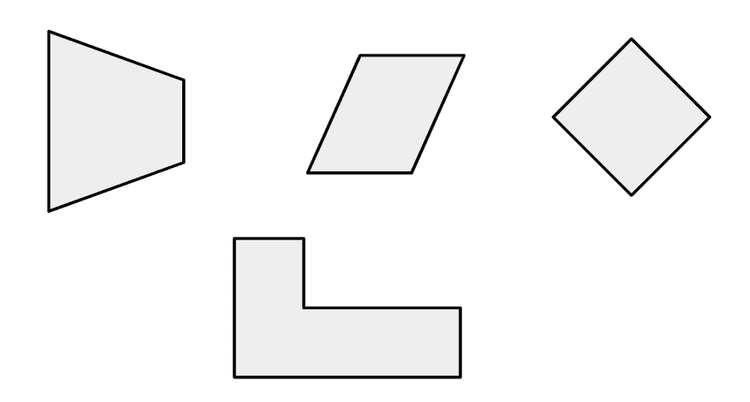
Q2.Order the shapes starting with the shape with the highest number of vertices.
Q3.True or false? A trapezium must have a pair of perpendicular sides.
Q4.Complete the definition. A parallelogram has four sides, four vertices and …
Q5.Which shape does this describe? A quadrilateral with four equal length sides. It has two pairs of parallel lines.
Q6.The hexagon has been decomposed into three parts. One is a parallelogram. Name one of the other two parts.
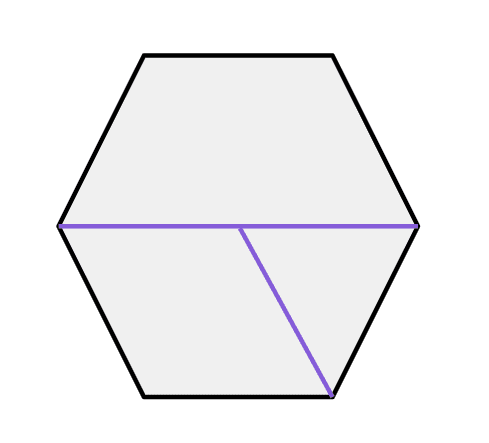
Assessment exit quiz
6 Questions
Q1.How many pairs of perpendicular sides does this polygon have?
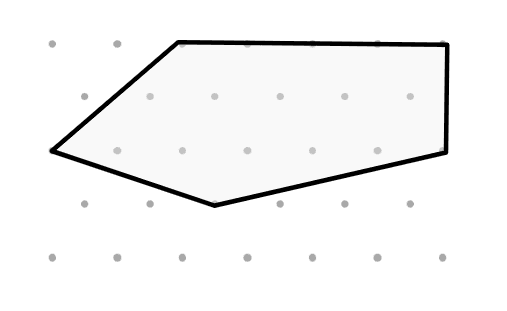
Q2.Andeep moves one vertex to change shape A to shape B. What has changed?

Q3.True or false? This triangle has one right angle and therefore a pair of perpendicular sides.
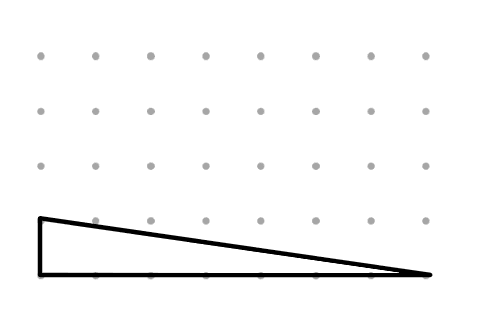
Q4.Sofia begins to draw a septagon. The points will become vertices. How many more points does she need to have to make a septagon?
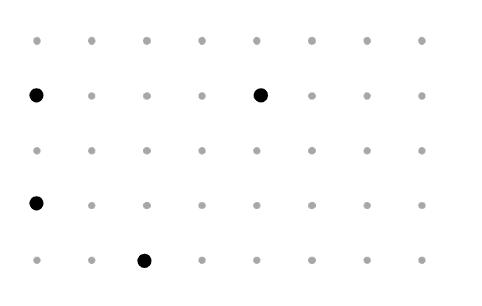
Q5.Sofia says if she connects the vertices shown here she will have a quadrilateral with a pair of perpendicular sides. Do you agree?

Q6.Sofia completes a shape to make a pentagon. Tick the correct statements.
